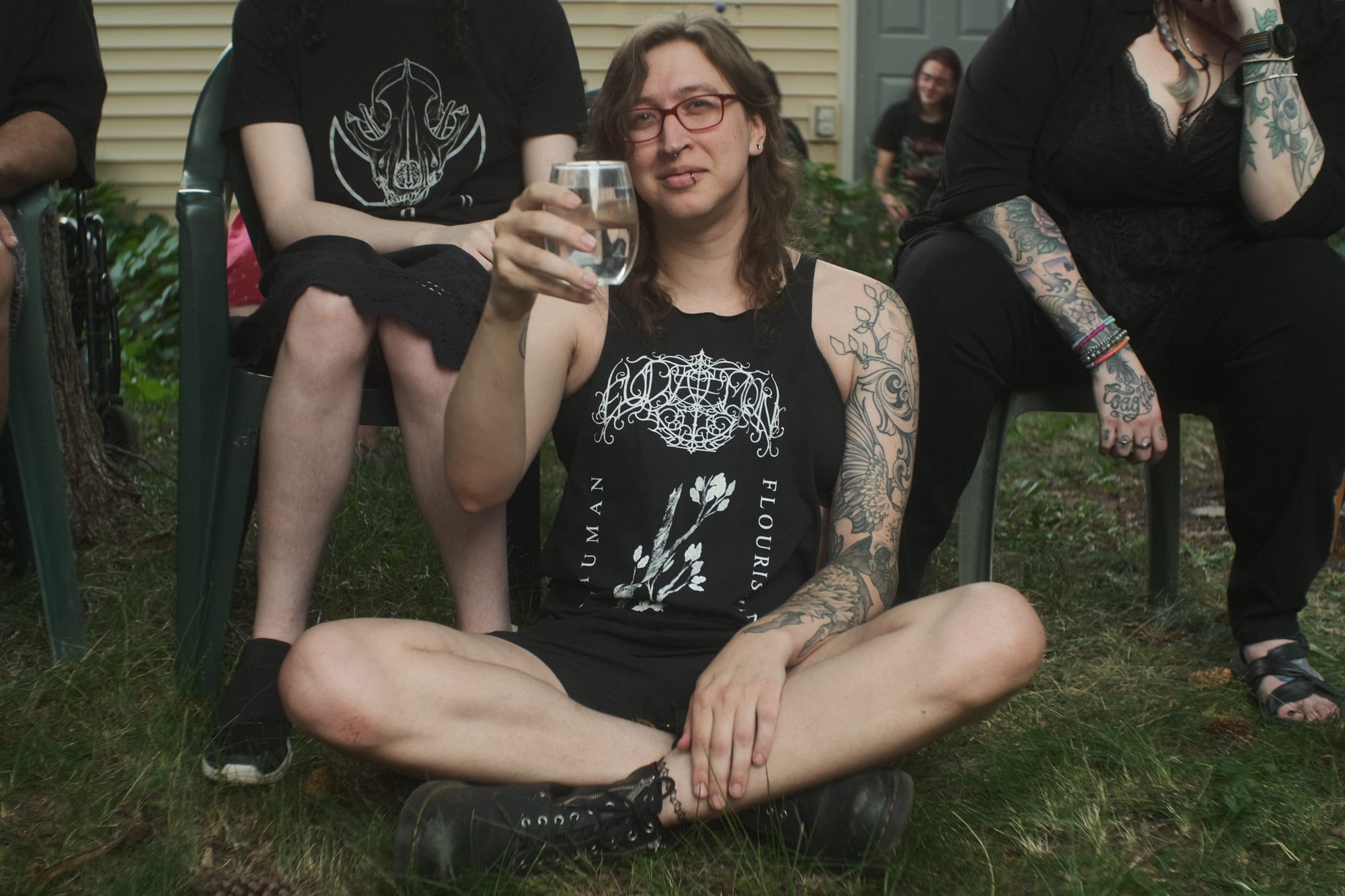An Interview with Maru
"Just find the thing you are so excited about that you want to tell everyone about it, and write music about it. Even if it’s about weird colorful horses, just do it. Don’t let anyone tell you that you can’t."
I’ve known Maru since we were teenagers, though we hardly spoke to each other. We both went to an arts-focused highschool in Minneapolis, but separated by a year, social circles, and different disciplines. Photography for me, music for them. We didn't share any classes, didn't live together in the dorms, and I never saw them at the fence a lot of us would sneak smokes at. Essentially: all we really had in common was a first name.
Fast-forward about fifteen years, and in hindsight we really should have been friends. Thankfully we met each other - again - as adults with the mess of our 20’s behind us. We ended up furries, unapologetically queer, and scraping together our own livelihoods for ourselves and our chosen families amidst increasingly uncertain and hostile times, while somehow finding the strength in our hearts for making music. Sometimes together. We became fast friends.
I had the chance to see Maru at a queer house-warming show, the atmosphere hot, buzzy, and friendly. They put on an electronic ambient set accompanied by guitar, perfect for a summer’s evening. Other queers made themselves comfortable lying in the grass, smoking and drinking, while I buzzed around taking photos. As the sun set, we got to lay down ourselves: surrounded by friends and family, playing with sticks, chewing grass. It was a lovely summer evening. After a few too many drinks we decided it’d be best to do the interview the following Monday at my home-studio, where we sat down to talk about queerness, furries, and The Last Unicorn.
JLL: Your album The Last is a concept album based on Peter S. Beagle’s novel The Last Unicorn. Why that novel?
It was a childhood favorite of mine. The movie rather, I didn’t read the novel until high school. The themes of the story have a lot of personal meaning for me, on a queer, trans and neurodivergent level. It’s about a beautiful creature who, for sake of safety, is trapped in a body she despises, and she’s trapped in that body long enough that she begins to forget who she actually is. It's a story that’s all too common with transgender people.
JLL: Sure. You mention specifically there being parallels in that novel to the queer and transgender experience, with heavy themes of identity, and love. How did that manifest itself in the making of this album?
I always wanted to do this album. In fact, I’ve tried to write this album a few times through different styles of music and I’ve either gotten discouraged or distracted while doing so. I tried to focus on the characters from The Last Unicorn while I was writing this along with my own experiences, [using them] as inspiration for the imagery in the songs, and that’s sort’ve how the writing process panned out.
JLL: I myself identified pretty heavily with Molly Grue from the film - likely similar to a lot of trans folks. Did any of the characters in particular really speak to you?
I saw a little bit of myself in all of them, but I think I resonated the most with the unicorn. The harpy, too. The sort of “solidarity through misery” and oppression that these two immortal characters have, even though the harpy would have likely killed the unicorn had she been released, they still were able to find this sort of “sisterhood” through their shared oppressions. That’s something that some trans and queer people that I’ve known - some that are miserable and toxic to be around - I can’t help but relate to and see similarities in that relationship.
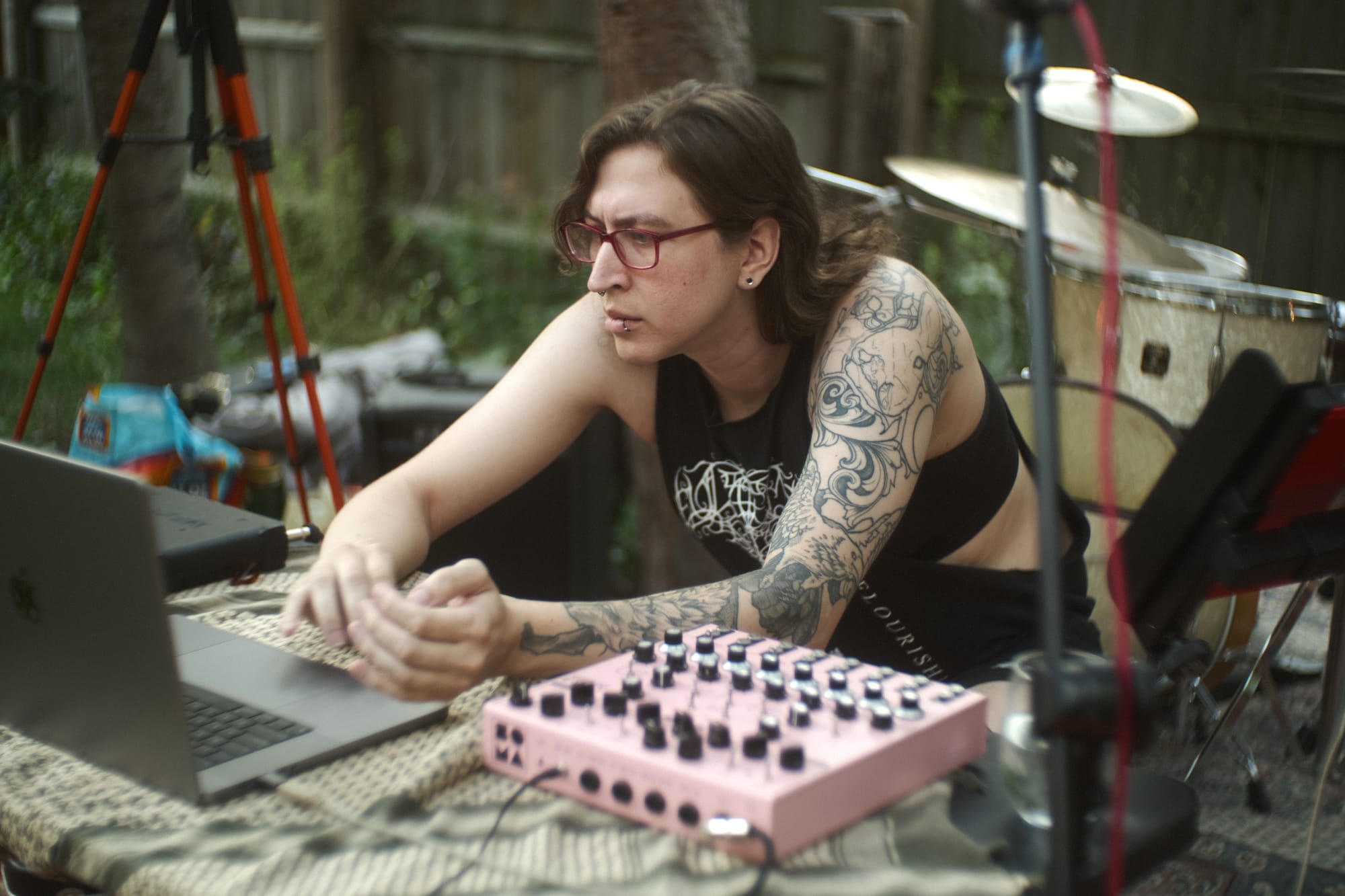
JLL: In knowing you, I’ve learned that narrative is a really important part of your work.
I think stories are important, just in general. Stories are a method through which we can learn life lessons, borrowing from someone’s lived experiences. Like, if I told you that I smoked cigarettes, got addicted, and it wasn’t worth it - you can’t relate to that because you haven’t lived my story. You can’t take that message home in your pocket as well as someone who can share that lesson in a more compelling way.
JLL: So it's a method for making sure you have a structure in place to help listeners relate to your lyrical content?
Yeah, It’s also less boring for me than writing music based on typical song structures. I’m really not interested in, like, reading a book by a successful songwriter that’s prescribing formal lessons for successful songwriting-
JLL: Verse, Chorus, Verse, Chorus, Bridge, Chorus”, that sort of thing-
-Right, yeah. I was listening to an Aphex Twin album with my dad recently - he’s my biggest musical influence by far, he’s got this really eclectic taste - and I forget which song, it might’ve been “Vordhosbn”, that has this beep that sounds once, and it never comes back. It helped me realize that if you write music outside of typical song structures, then every second of the song needs the listener to be present for it in order to gain the whole experience. In that way it helps the message shine through, I think.
JLL: What led you towards fusing metal and jazz for The Last?
I’ve always been really taken with metal. There’s just something about that style of music that makes my brain light up. Like, I used to be a really anxious driver and the way I got over it was to listen to metal. It’s music that makes me feel empowered.
JLL: Is it like, the textures, the songwriting themes?
It’s kind’ve all of it. It feels like a pure form of expression. It’s over the top, but again it feels empowering. When I was younger I used to feel metal was really pretentious, but then I got the chance to play bass in a metal ensemble and I realized, “oh my god, this is so fun!” and from then on I was hooked.
JLL: And what brought jazz into it for you?
After a while I ended up getting sick of metal. I think I stopped playing it for about ten years and became much more of a producer than a musician, so to speak. But I also started listening to contemporary jazz musicians like Louis Cole, Thundercat, Snarky Puppy - a lot of amazing artists who take these jazz themes and blend them into their own sounds to make these really cool and unique things. So when the opportunity came up to work on a video game soundtrack, that led me to study some jazz myself for a number of years. I didn’t plan on doing that though, really, I was planning on writing much more straightforward soundtrack music, but I got bored [laughs].
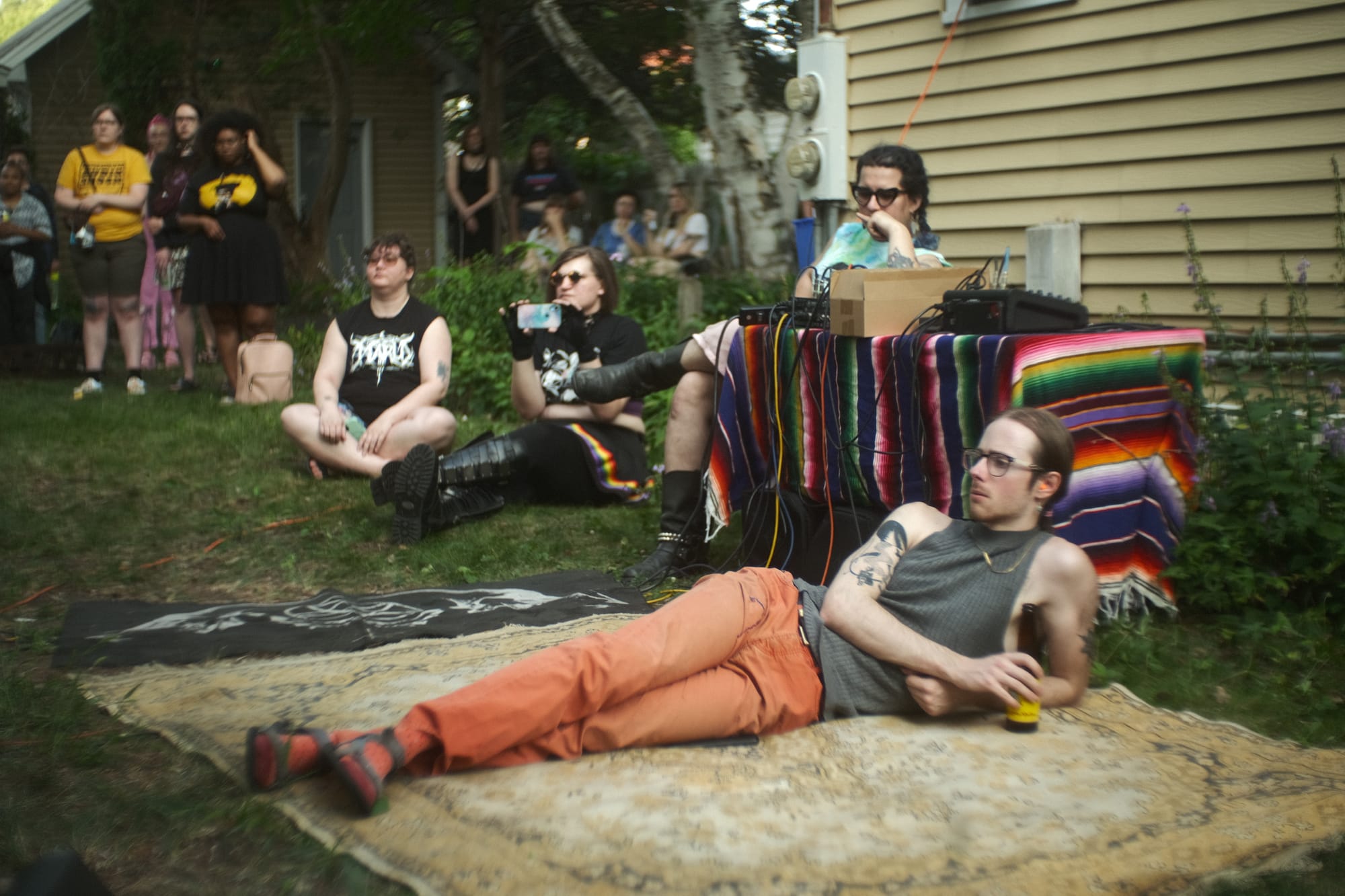
JLL: How's that process gone, writing for video game soundtracks?
I really got lucky in getting to work on “Something To Do With Love”, and the project lead’s been a friend of mine for a long time. We had a similar idea for the aesthetic, but different ideas on how to achieve that aesthetic. Though when I brought him the stuff that was in my head, he loved it. So I was given license to do whatever I could to bring this sort of nostalgic feeling to the music to help reinforce the visual aspects. It was fun.
JLL: So what was that process like vs. working on The Last?
There was something special to it. There's something about the process of composing from still images I really took to, so it informed my process for working on “The Last” which was much more personal for me. I’d end up taking still images from the film and making decisions about what the sonic palette for that scene would be, gathering sounds that evoke the emotions of that scene, and putting them together until they started making sense.
JLL: How has being involved with the furry fandom shaped your work?
In some ways very little, in some ways a lot. My involvement with the furry fandom has been extremely formative for me growing up and showing me positive examples of queerness. I remember really only seeing, like, “Will & Grace” or “Queer Eye for the Straight Guy”, and that was all I had before finding Allen Ginsberg and the furry fandom.
In furry art I saw examples of queer people living normal lives, not being obsessed with stereotypical tropes like we were shown in the media. Furry gave examples of how it’s okay to just be yourself and how you don’t have to fit into any boxes, really. Later on, friends and partners helped me explore my gender identity through drawing my fox fursona, Maru, in different shapes and forms. It helped me see what was possible and how I could actually be that person - you know - I could actually be this genderless creature. [Laughs]
JLL: And your fursona is a maned wolf?
My main fursona’s a fox, actually, but I have two sona’s. The maned wolf is more a representation of me in a realistic sense, and the fox is a more idealized projection of myself that have both come to mean a lot to me.
JLL: Do either of those identities work their way into your music at all?
Yes and no.
The music I’m writing now, it’s not meant to be “for furries” specifically, it’s more meant for everyone. It has stories about my fursona, but it’s not meant to be an overtly furry story, if that makes sense. I’m thinking of these songs more as fables. I want them to be something that you can listen to a few times without having to think about it, but it’s there if you look for it.
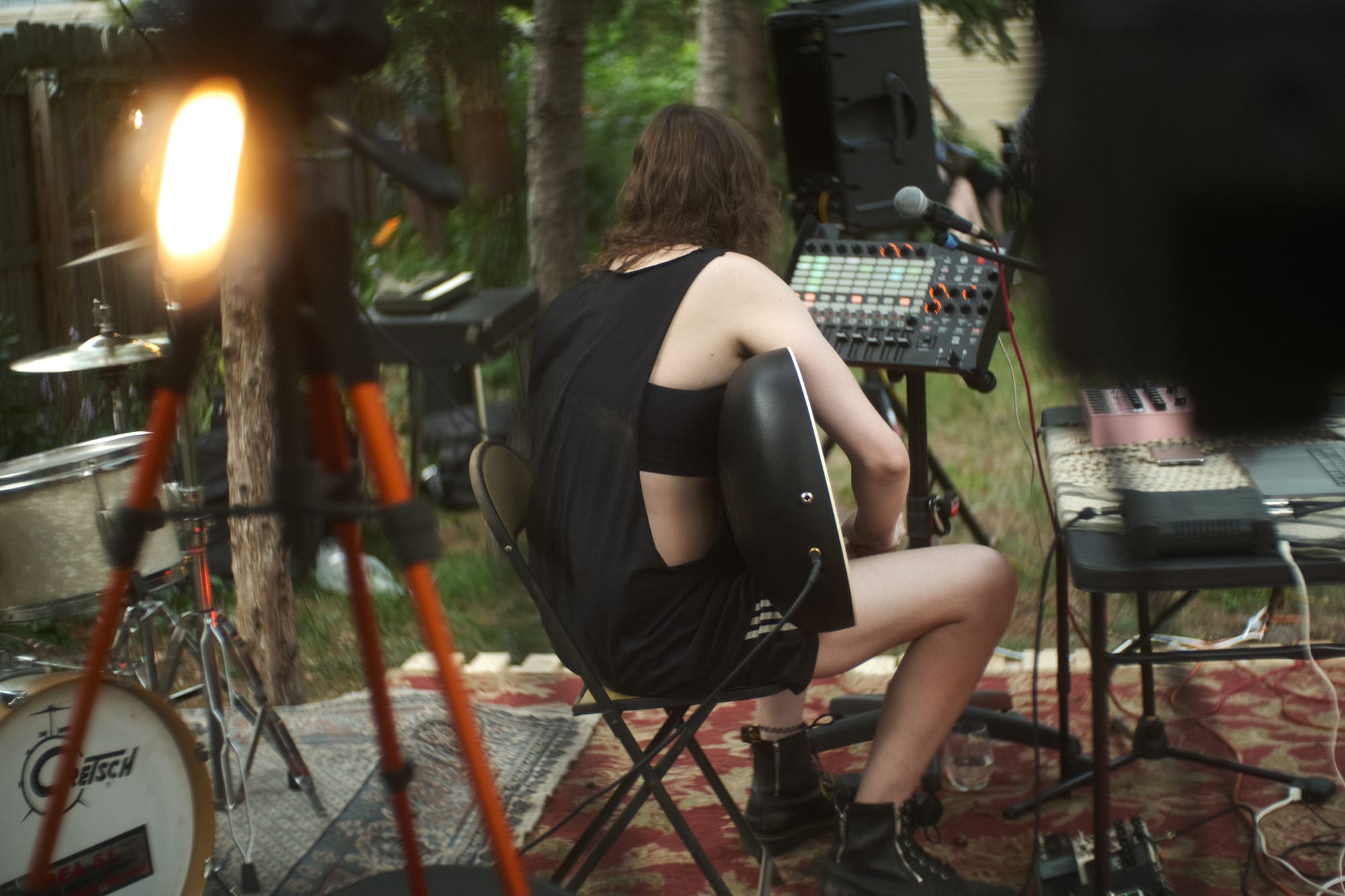
JLL: What does “furry music” mean to you? I know that’s kind’ve a vague term, so I’m curious about your thoughts on that.
Sure, yeah. It’s strange, I feel like a lot of artists, especially visual artists, have this initial idea that they can capitalize on us because we support our artists and community so well, only to find out that it’s much harder than simply drawing a cute fox, right? And the same is true for musicians. It’s also introduced me to a lot of amazing like-minded queer furry artists, which has been invaluable to me in my own process and writing. Y'know, knowing people whose opinion I can trust with my music. It’s funny because the furry music scene feels so diverse.
JLL: It didn’t always feel that way.
Yeah, it’s definitely taken some time to diversify away from strictly electronica, which is understandable though, it’s really functional music-
JLL: With a heavily queer history.
Yeah, long tradition of queerness. It’s the kind of music you can play at a furry gathering, people can dance, have a great time. I just want to continue to see the furry music scene evolve to include more types of people and artistic voices, but I’m happy to be here.
JLL: Are there any artists in the fandom that have inspired you?
Sure, I mean your work has been very inspirational to me, throughout the years.
JLL: Thank you. [laughs] I’m honored.
Imogen Badger’s work is great, her bass work and her synth work are super cool and it’s been invaluable for me to be able to learn from her. Norf is a DJ who I got to collaborate with on a Dubstep track which was one of my first forays into furry music. Steve - Hyenablood - who’s this incredible musician across multiple genres of music-
JLL: I love Steve so much.
Yeah, Steve fucking rules. And Mx Morgo, who plays bass but their visual art has been hugely inspiring for me - they did my logo, and the album art for The Last.
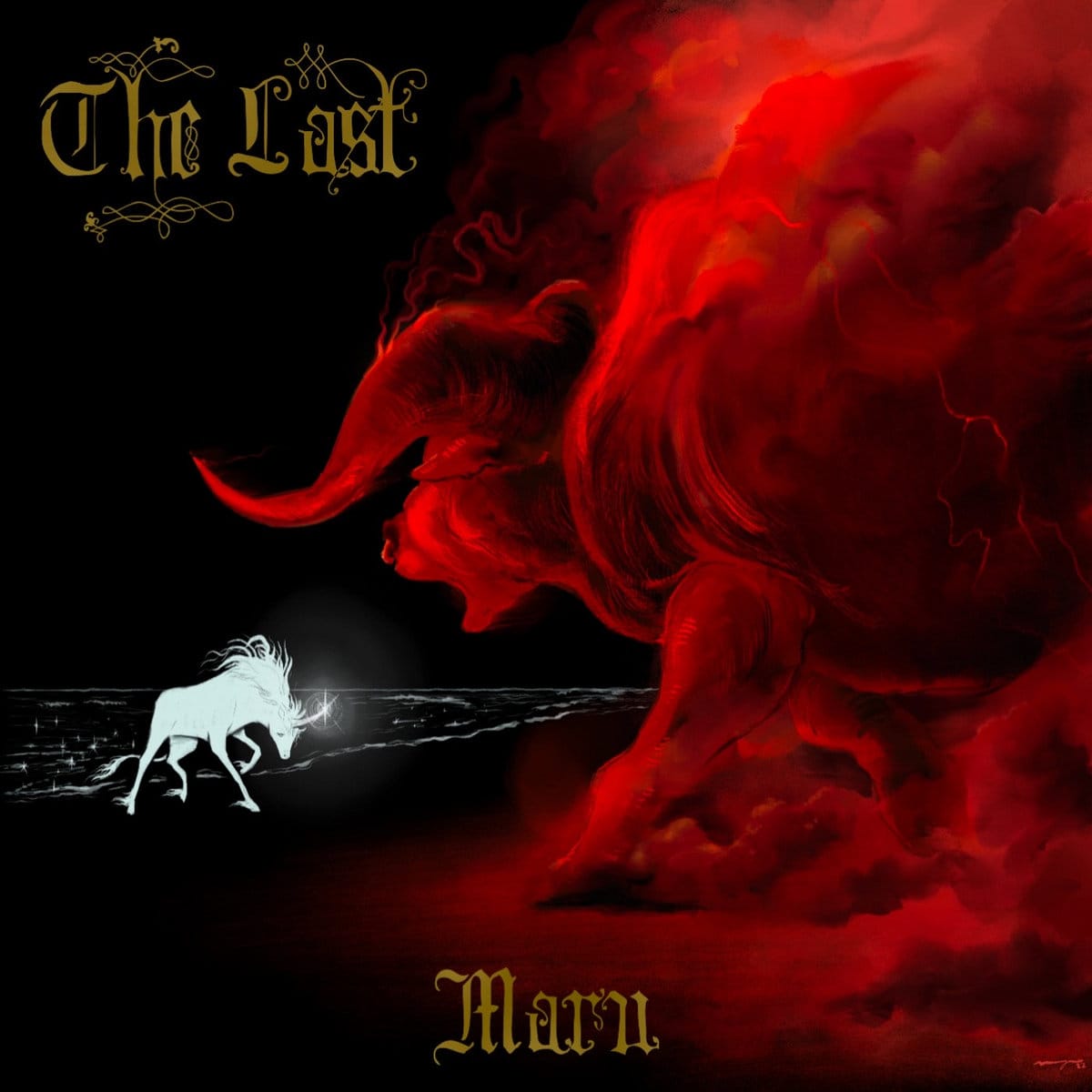
JLL: Tell me about the artwork for The Last, it’s a really striking image.
It’s the climactic scene from the story. The showdown between the Unicorn and the Red Bull, her back to the ocean, standing her ground against this miasmic force of hatred. For me it evokes a feeling that we as queer people are all too familiar with.
JLL: You feel it’s a pretty good encapsulation of the queer experience to an extent.
Yeah, being forced to take a stand. Forced against two options: slinking off into the ocean, swallowed up by the sea, or staring that terror down in defiance.
JLL: What made you decide to start performing again after ten years?
I’ve always wanted to get back to playing, but it’s hard. It takes a lot of gear, it takes a lot of time, practice, and it takes a lot of patience and getting over yourself. To play in front of smaller crowds, to practice and organize with people, to lug your heavy-ass stuff around, it’s a hassle. [laughs] But it’s really important for me for people to hear my music in my own lifetime. I’m not concerned with my work lasting for eons into the future, but I just want to interact with people now and give them this work that I made for them.
JLL: And that’s different from putting out records?
Yeah, there’s something about the immediate aspect of performing live, the energy, and there’s something about the visibility aspect of it. I admire seeing other trans people - especially in metal, where it feels like there’s so few of us - so I want to help be an example for others, y’know, let other trans kids know that you can do this too.
JLL: How does it feel to be performing your work live after not doing so for a while?
Feels good. It’s not like I regret taking the time off.
JLL: Sure, you’ve lived and grown as a person and that would make its way back into your work, it’s growth.
Absolutely, yeah. It feels good to be knocking some of the rust off and getting back in there. I feel like I’ve done pretty well so far. You always start with this idealized picture in your head of what you’d like to do, and I feel like I’ve gotten 75% of the way there?
JLL: We’re not all Taylor Swift, can’t just have fog machines and pyrotechnics rolling all the time.
If only we could all be Taylors with an army of Swifties.
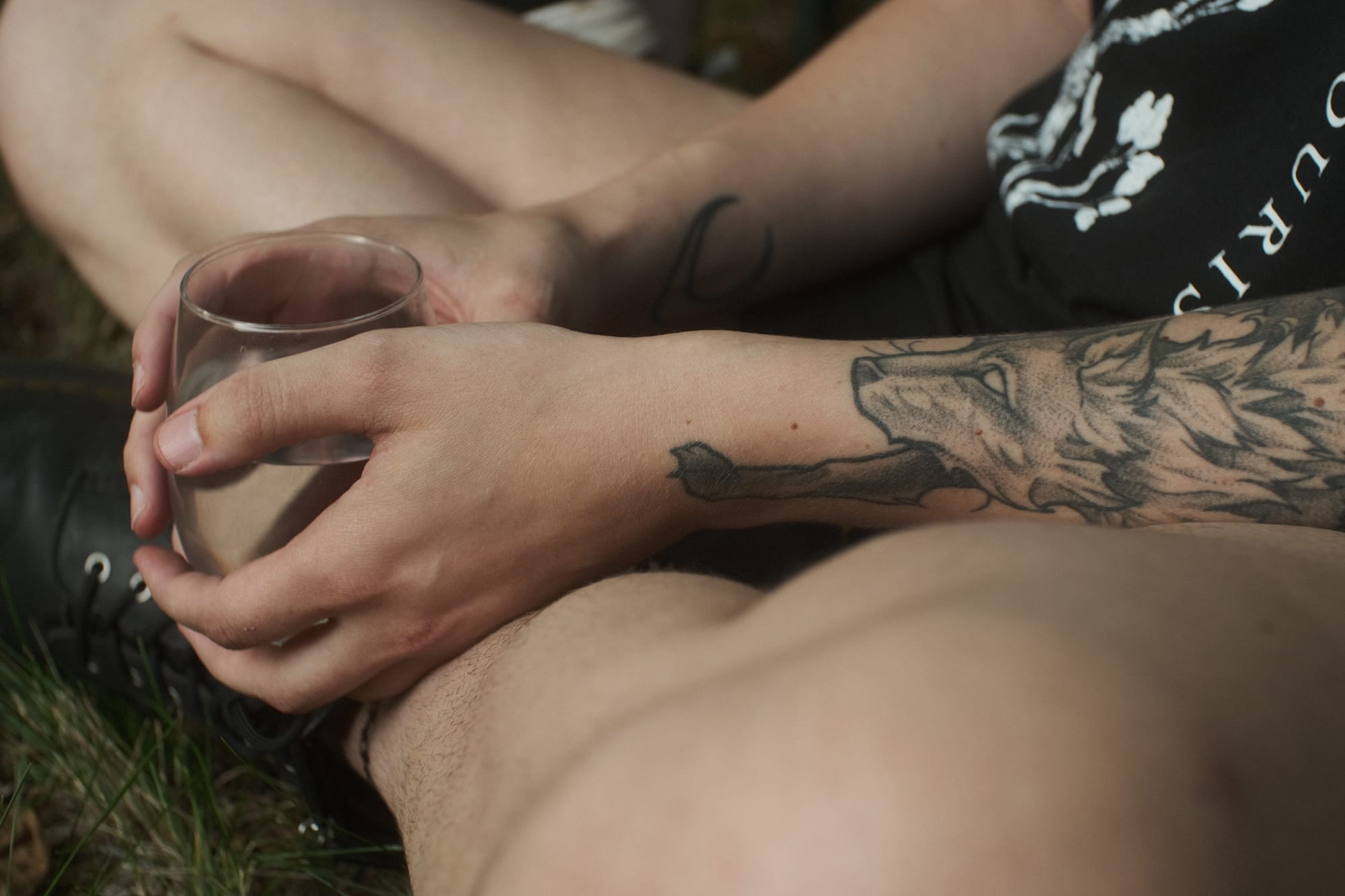
JLL: Where do you make these tracks, what’s your setup like?
I’ve got a home studio, been working on it over the last decade, up in the attic of the house I’m in right now. Sometimes it’s a choice between turning a synth on or keeping the AC on, right? Sometimes you just have to make the choice to turn the AC off, sweat out a song, and afterwards go sit in front of the fan for half an hour. Got about 10 guitars and basses, which is too many - got my old Agile 8 string guitar which I love, and a Lyra 8 which I love using. I think it’s shown up on everything I’ve made since buying it. Been using Kilohearts’ Phase Plant too, which is an incredible tool for sound design, incredibly deep and flexible.
JLL: What can you tell us about your next project?
The next project is called Escaping Oblivion, it’s a story about Maru’s time as an Oneiromancer, which is a dream-traveler dealing with dream-sorcery, basically. So it’s about Maru exploring dreams. The biggest difference between this and my last album - The Last was very much a studio album, but this one is being written with live performance in mind.
JLL: Any words of advice for folks reading this?
Find something to write on that you can’t shut up about. There’s something liberating about doing ridiculous things, I think. I was obsessed with Fallout: Equestria for a while, and wrote a bunch of music about that. Was obsessed with Silent Hill, wrote a lot of music about that, too. Just find the thing you are so excited about that you want to tell everyone about it, and write music about it. Even if it’s about weird colorful horses, just do it. Don’t let anyone tell you that you can’t.
The reason your music is special is because you’re the one who made it.
